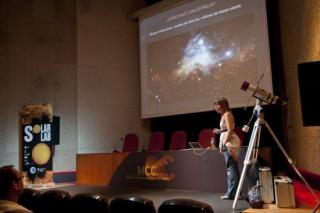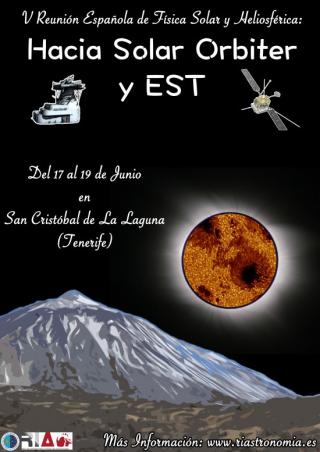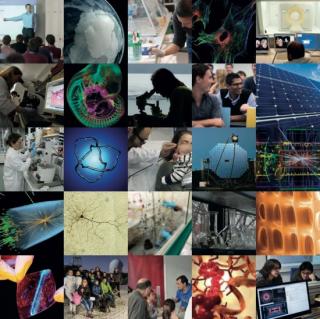
Thanks to this project more than 80,000 students from all the Canary Islands have had the opportunity to observe the Sun in a safe but spectacular way through the three solar telescopes which have travelled around the whole archipelago, spending a period of a week in each of the participating educational centres. These telescopes, Ra, Helios, or Tonatiuh, have visited 141 educational centres in the seven islands during the last two school years. The enthusiastic participation of 307 secondary school teachers, who have collaborated actively in the project has been essential. They took part in
Advertised on




